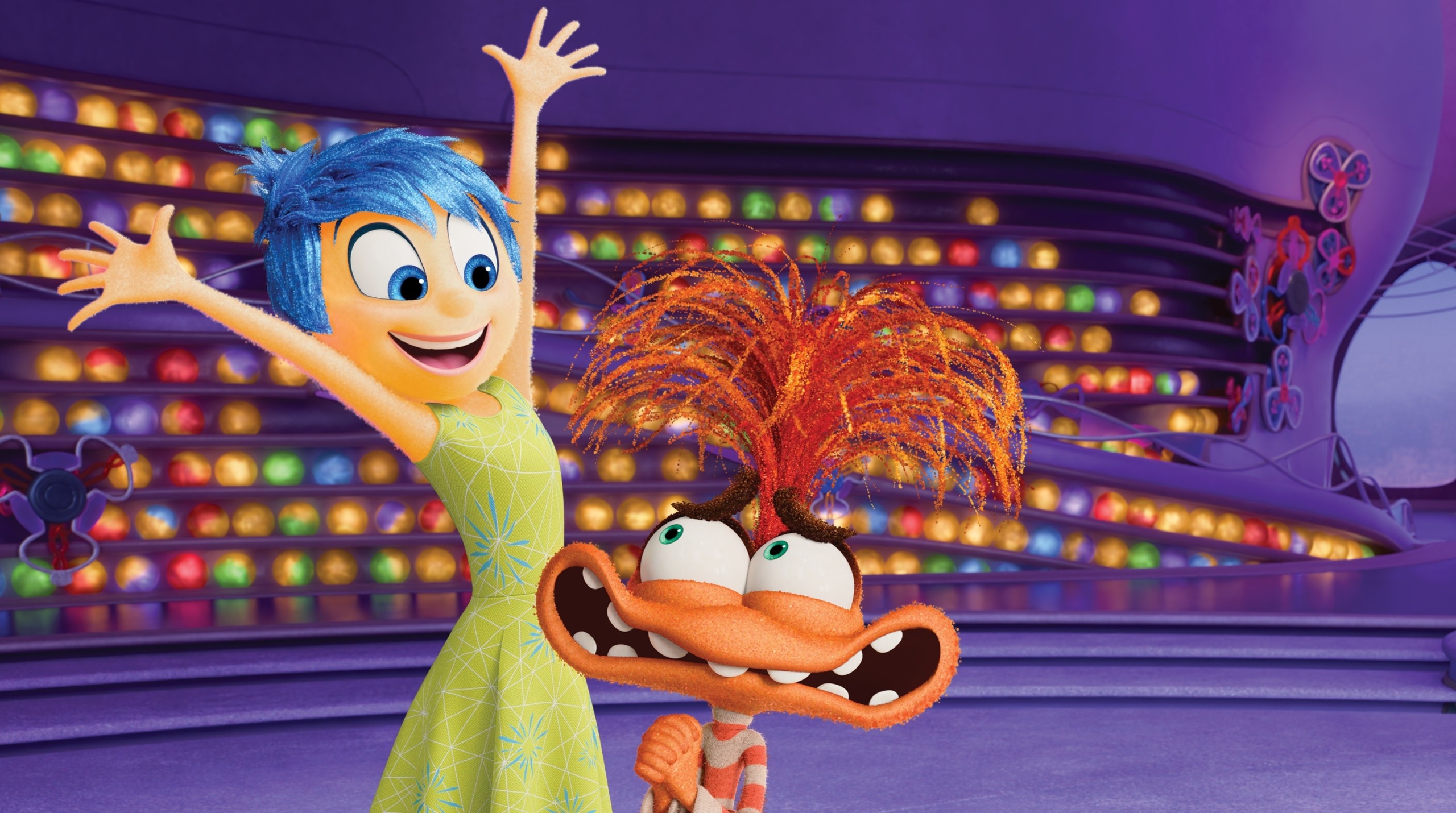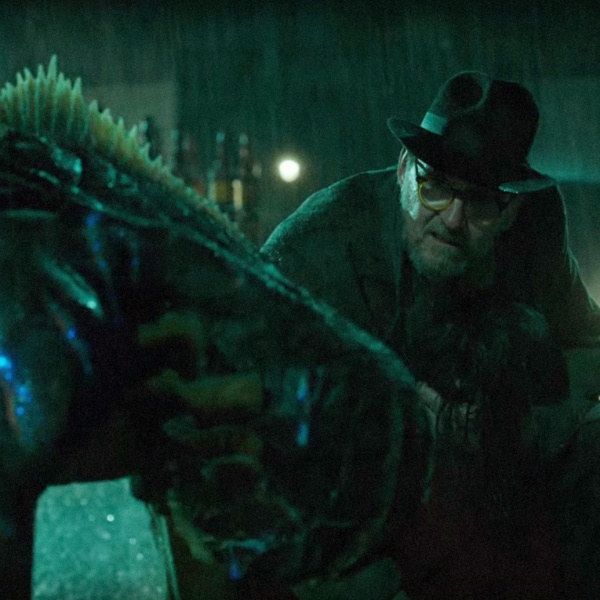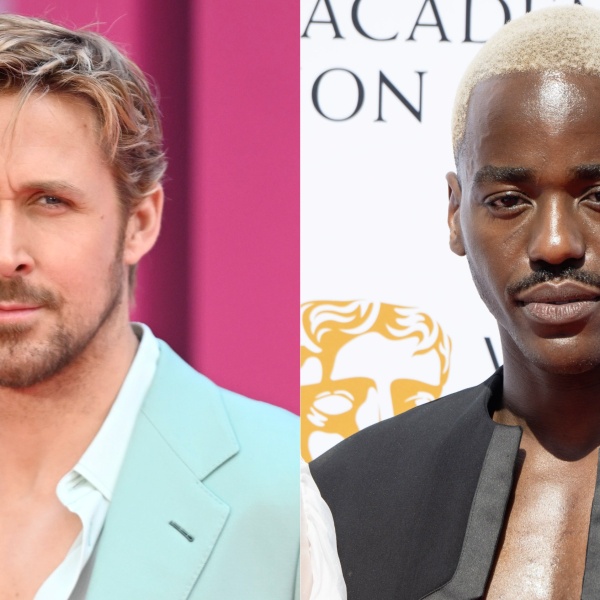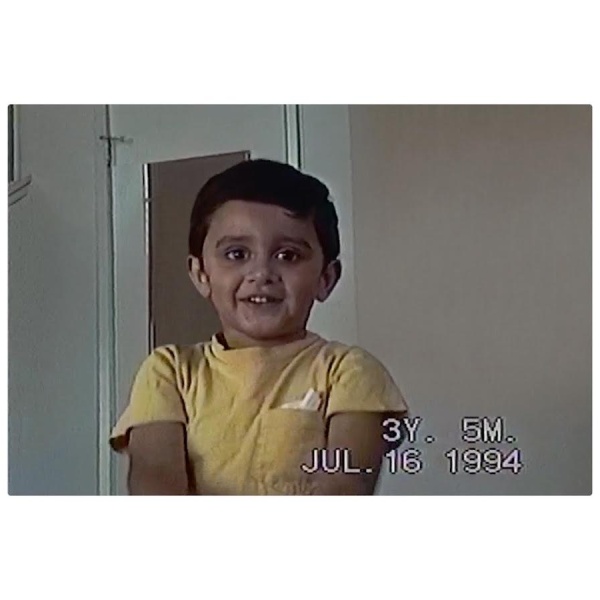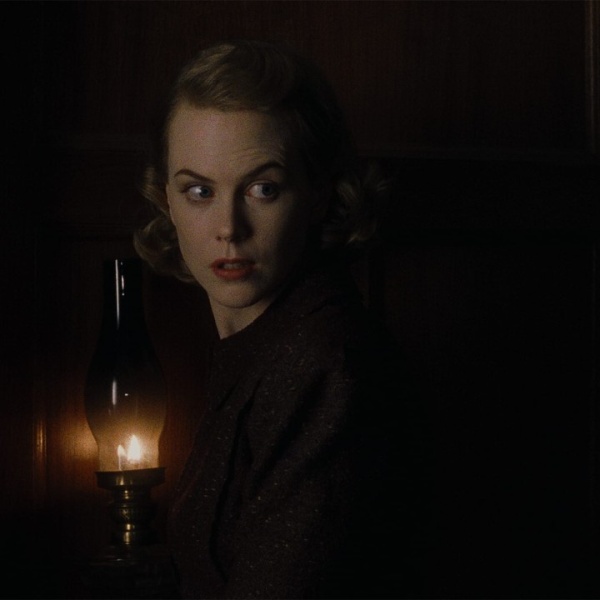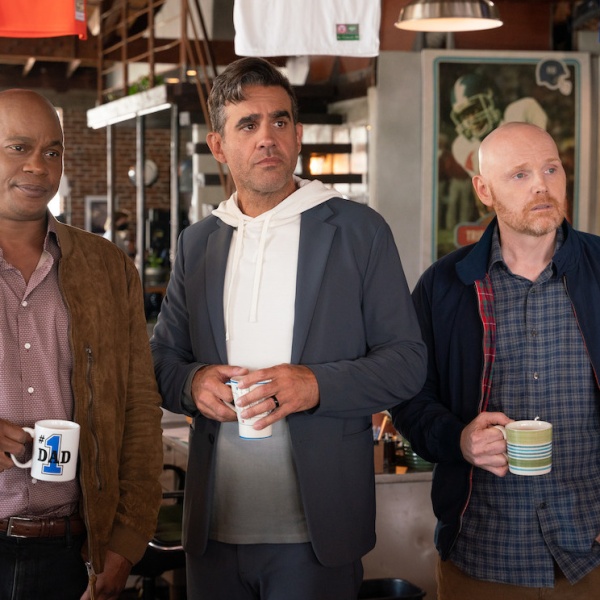Pixar director Kelsey Mann introduced the first 35 minutes of “Inside Out 2” at a recent studio sneak peek event, comparing how happy he looked at his 5th birthday party versus how uncomfortable he was at his 13th celebration. His teen angst was the driving force in making the sequel to Pete Docter’s Oscar-winning original.
“I hated everyone looking at me,” Mann said, “and I think it’s about the new emotions that come up at this age. You’re suddenly self-aware, and you’re extremely self-conscious. You start to look at yourself and see nothing but flaws. I was thinking, ‘Am I really worth all this celebrating?’ That’s what we want to do with this film. And that’s why we think it’s worth telling, and that’s why we think it’s important, especially now. We want teens to look at themselves in the mirror and love what they see, both inside and out.”
“Inside Out 2,” which marks Mann’s feature directorial debut (he was head of story on “Onward”), finds Riley (Kensington Tallman) turning 13 and attending summer hockey camp with her besties (voiced by Sumayyah Nuriddin-Green and Grace Lu). But when she befriends Valentina (Lilimar Hernandez), the star hockey player on the high school team, her loyalties quickly become divided as she tries to fit in.
That’s when the demolition team takes a wrecking ball to Headquarters inside Riley’s mind to make way for the messiness of puberty. Enter the frazzled, orange Anxiety (Maya Hawke), who wants to be an unpredictable agent of change in Riley’s life with her support team of Envy (Ayo Edebiri), Ennui (Adèle Exarchopoulos), and Embarrassment (Paul Walter Hauser).

This, of course, doesn’t sit well with Joy (Amy Poehler) and her front-line team of Sadness (Phyllis Smith), Anger (Lewis Black), Fear (Tony Hale), and Disgust (Liza Lapira). They are promptly trapped in a jar and stored inside Riley’s vault of secrets, where they meet a couple of 2D characters from her favorite pre-school show and a low polygon “Final Fantasy”-like video game character she once had a crush on. To wrestle back control of Riley’s emotions, Joy and her cohorts must venture further into the recesses of her mind.
Here’s what we learned about “Inside Out 2”:
They Were Drawn to Anxiety
For Mann, anxiety was always near the top of his list of emotions to explore. “It felt right, like something a lot of people were talking about and dealing with,” he told IndieWire. “That’s before the pandemic. I pitched it, and everybody said it was great. It was relatable. And then we went into quarantine. If anything, anxiety went way up in teens and everybody.”
Anxiety’s caricatured design evolved into a sort of Seussified Muppet: stringy, electric carrot top, bulging eyeballs, wide mouth, and skinny body. But she was hard to animate, requiring a special rig to control her mouth. Her fast-talking entrance, though, was memorable. “We realized we could push the boundaries of what she could do because she was Anxiety,” he added. “And I remember in her introduction, we talked about wanting her to move comically fast. She could pop over here, over there, and over there. And she could drop down from the top of the frame. And they asked how she was going to do that. I didn’t know. We just did it, and she was funny.”
It Was About Riley’s Belief System
The conceit is that Riley’s sense of self is overturned when Anxiety wrestles control of her emotions from Joy and encourages Riley to change her behavior to gain acceptance. This leads Joy and her team of emotions on an adventure deeper into Riley’s mind to gain a better understanding of her sense of self, tied to Riley’s Belief System, created by production designer Jason Deamer and the rest of the animation team. This stunning environment consists of glowing translucent elements in a dark blue environment surrounded by pulsing strings. “We looked at really cool videos on YouTube of fast camera exposures inside guitars, and you could see the waveforms in each string,” Deamer told IndieWire.
“We wanted the beliefs to be really emotional and how [they] are fed by memories through this visual language [of strings],” added Mann. “This is kind of how our experiences help form what we believe about ourselves. So we came up with an audio thing where you hear Riley’s own voice saying what she believes to be true about herself, and the idea that it’s like the string that you pluck, almost like a guitar.”
Pixar Finally Does 2D in a Feature
Although Pixar has periodically dabbled in 2D (most recently with its first original series, “Win or Lose”), this marks the first time that 2D characters have appeared in a CG feature. Inside Riley’s vault of secrets, Joy and the other emotions encounter Bloofy and Pouchy from the pre-school show “Bloofy’s House.” Bloofy is a “Blue’s Clues”-like dog and Pouchy is the pouch he wears with a personality all of his own and contains items (such as dynamite) to help the emotions get out of tough situations.
Fortunately, Pixar was able to utilize its “Win or Lose” 2D pipeline to make modest-looking hand-drawn characters with simple poses. “We thought it would be awesome to do a 2D character and we have a lot of really great 2D animators,” Mann said. “So we learned a lot from the shows that have actually been doing that. Coming up with a look of how does that character fit into the 3D world was really fun.”
How ‘Uncut Gems’ Inspired 2 Camera Languages
Unlike “Inside Out,” the sequel was shot in a virtual widescreen format by Adam Habib (DP Camera) to expand the visual landscape. However, he found inspiration in “Uncut Gems” for alternating smooth and imperfect camera languages inside and outside of Riley’s mind.
“I remember the very tense experience watching ‘Uncut Gems,’ shot by the great Darius Khonji, and it was cool to see the kind of rules they set for themselves,” Habib told IndieWire. “The idea that the front of the jewelry store always being steadicam, where [Adam Sandler] is in control. And then the back of the store always being hand-held and out of control or outside and very out of control. So we developed these two camera languages for cranes and dolly shots inside Riley’s mind and more hand-held shots outside her mind in the human world.”
More Screen Time for Riley
In ‘Inside Out,” only 15 of its 95 minutes were devoted to Riley. However, Riley gets considerable more screen time in the sequel as she grapples with more complex teen emotions and increased social interaction at the hockey camp. But it was a difficult balance. “Sometimes we were spending way too much time with Riley, and we pulled back,” lead editor Maurissa Horwitz told IndieWire. “It’s making sure that you feel Joy impacting Riley’s journey and Riley impacting Joy’s journey and what these new emotions are bringing.”
But Joy’s still the protagonist, who has a lot more to learn about balancing Riley’s emotions and her own sense of self. “Audiences are coming to see inside the mind,” added Mann. “But they need to work together. We saw Riley’s emotions being like a parent of a teenager, who’s making things a lot more difficult [for them].”
